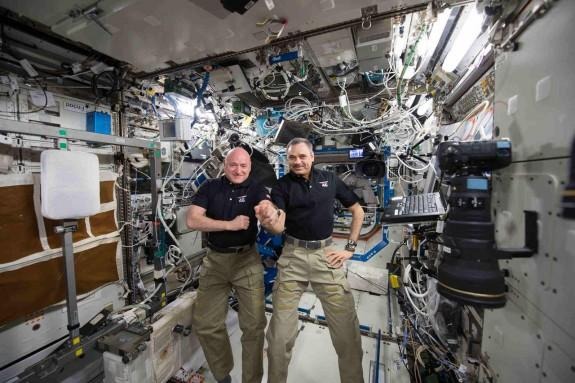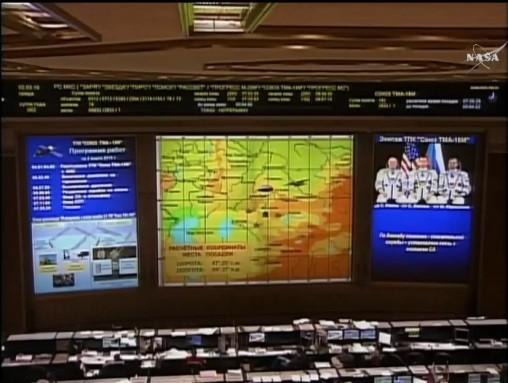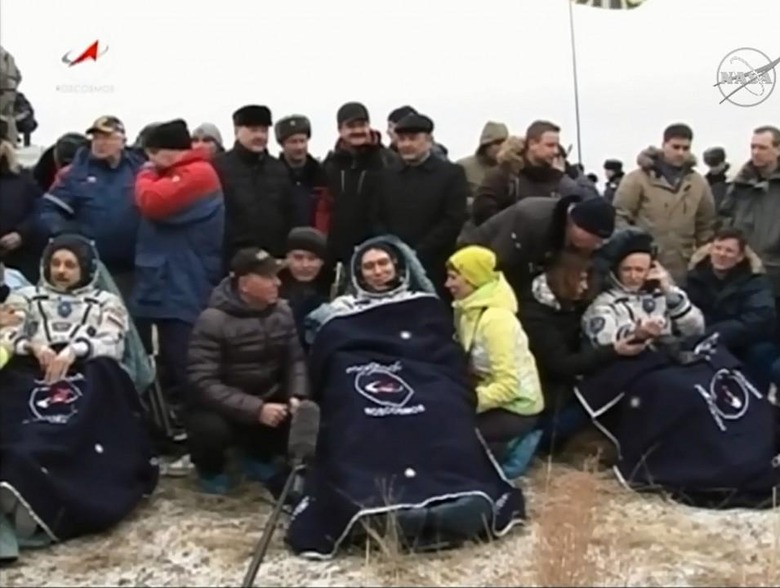Scott Kelly Is Back On Earth, Let The Science Continue! [UPDATE]
2015 and 2016 will probably be remembered as some of the best years for space science, exploration, and travel in a long time. We've witnessed the historic encounter between the New Horizons spacecraft and Pluto. We've witnessed the historic successful landings of orbital and sub-orbital rockets. And today we're witnessing the return to Earth of astronauts Scott Kelly and Mikhail Korniyenko from the International Space Station, marking not just the longest mission for the ISS but also the acquisition of a potential treasure trove of scientific and medical data in the person of the astronauts.
Scott Kelly has somewhat become of a celebrity for those keeping tabs on NASA and space science in general, partly thanks to his regular posts on social media and partly because of the nature of his mission. Kelly and Korniyenko have been selected for what is called the ISS Long Year Mission, where the two astronauts will be spending nearly a year on the space station, with Kelly spending about 340 days there. While it is the longest in the history of the ISS, the longest non-station specific record is actually held by Russian Valeri Polyakov, who spent 437 days on the space station Mir.

Kelly's mandate on ISS, however, wasn't merely for setting records. As the phrase goes, it is all "for science!". Scientists are particularly interested in the effects of prolonged stay in outer space on both the physiological and psychological constitutions of astronauts. In fact, right on landing back on Planet Earth, the astronauts will be immediately subjects to tests and checks. As NASA says, the science continues! Another interesting part of Kelly's story is that he has an identical twin, a former astronaut, making them the only siblings who have traveled in space. This fact will also be used by scientists to compare the two's physical and mental states.
The astronaut's return to Earth has been, thankfully, uneventful. The Russian Soyuz spacecraft that they will be riding in undocked from the ISS at a bit past 8:05 p.m. ET and everything had gone as scheduled.
The deorbit burn started at past 10:30 p.m. ET and the crew was able to keep in contact with Russian ground control all throughout the process, and was able to establish a good communication line with the search and recovery team near the landing zone around 9 minutes before touchdown. Although the anticipated time for landing was 11:25 p.m. ET, confirmation that the capsule indeed made it to ground arrived at 11:30 p.m. ET, saying that it landed just a minute later than estimated. The capsule was reported to have landed vertically.

At the time of writing, NASA is still waiting for more information as well as a video of the landing itself. The landing zone was purposely set in an isolated and very remote area away from human settlement and even cell towers. Watch this space for more updates.
UPDATE: All three astronauts have been safely extracted from the capsule and happily enjoying the fuss over them. The three will be carried to tents to commence the initial field and medical tests.

